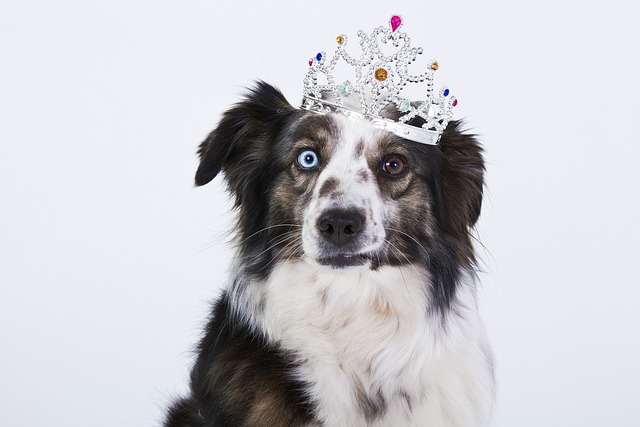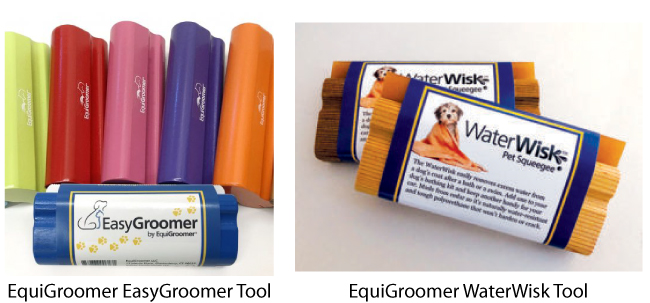Gardens are beautiful havens for humans but can also harbor toxic garden dangers to our pets. Many plants, mulch, fertilizer, and pesticides commonly found in gardens can be toxic to cats, dogs, and horses. Symptoms can range from vomiting, diarrhea, organ failure, depression, and worse.
Below are SIX common but toxic garden dangers for pets, including cats, dogs, and horses.
Oleander (Nerium oleander): Highly Toxic
Oleander is a popular ornamental shrub known for its beautiful flowers. Ingesting any part of the plant can cause severe gastrointestinal issues, colic, drooling, heart problems, and even death. The danger is significant for dogs, cats, and horses, making it essential to avoid planting oleander if you have pets.
Also known as Rose-Bay.

Did you know there’s an ASPCA mobile app for 300+ everyday hazards for pets with information about the severity and critical next steps for both iOS and Android?
Sago Palm (Cycas revoluta): Extremely Toxic
Sago palms are another popular garden plant, especially in warmer climates. If any part of the plant is ingested by either a dog, cat, or horse (or just 1-2 seeds, which are even more toxic), it can affect the nervous system, cause gastrointestinal tract bleeding, liver failure, and even death. So, if you have pets, avoiding sago palms altogether is best.
Also known as Coontie Palm, Cardboard Plam, Cycads and Zamias.

Azaleas (Ohodedendron species)
These flowering shrubs are common due to their beautiful blooms. However, they contain substances called grayanotoxins, which can cause vomiting (not in horses), diarrhea, weakness, and severe cardiovascular issues in pets. Both dogs and cats are at risk, and horses can also suffer similar symptoms if they ingest this toxic garden danger.
Also known as Rosebay and Rhodeodendron.

Lily of the Valley (Convallaria majalis): Severe Risk
Lily of the Valley is a charming plant with delicate white flowers. Still, it contains cardiac glycosides, which can cause heart arrhythmias, digestive problems, low blood pressure, seizures, colic, and even death. Cats are particularly susceptible, but dogs and horses are also at high risk. If you have pets, you should avoid all kinds of lilies to protect your pets.
Immediately consult with your veterinarian or poison control if you suspect your pet has ingested something toxic!

Buttercups (Ranunculus species)
Buttercups may look innocent with their bright yellow flowers, but they contain an irritant compound called protoanemonin, which is toxic to pets. Ingesting buttercups can cause drooling, vomiting, diarrhea, and even skin irritation in dogs, cats, and horses. Monitor your pets to ensure they don’t munch on these seemingly harmless flowers.
Also known as Butter Cress and Figwort.

Another Common Garden Risk: Cocoa Mulch
Gardeners often use cocoa mulch for its attractive appearance and pleasant smell. However, it contains theobromine, a toxic substance to dogs, cats, and even horses. Ingesting cocoa mulch can lead to vomiting, diarrhea, muscle tremors, seizures, and even death. If you have pets, choosing a safer mulch option without cocoa beans (or dyes) is best.
Conclusion
Gardening can be a joyful and therapeutic activity, but we should be aware of the potential toxic garden dangers to our pets. Keeping our gardens safe for our pets requires vigilance and knowledge. By being aware of these common toxic dangers, we can protect our beloved cats, dogs, and horses while enjoying the beauty of our outdoor spaces.


ELEVATE your next grooming experience with your horse with these healthy, DIY Carrot Cookies. Your horse will WHINNY every time, courtesy of YoungRider.com!
Whether you need to scrape sweat or bath water, the 7” WaterWisk is the gentlest sweat scraper on the market today!
Homemade treats + comfortable grooming tools create a wonderful opportunity to bond with your equine!
Questions about our top-rated Grooming or Bathing Tools, Grooming Kits, Brush Sets or Starter Kits for your business?
Call us at 860-573-0604 or email us at EquiGroomer.com today!








